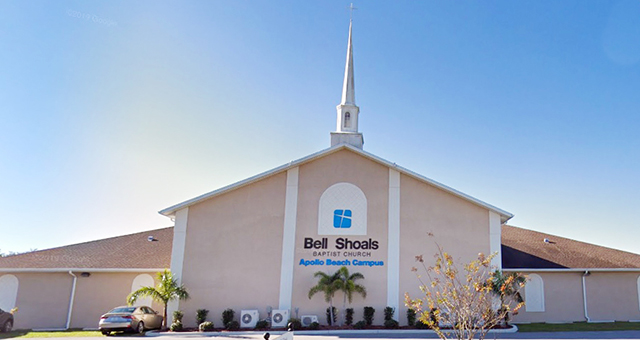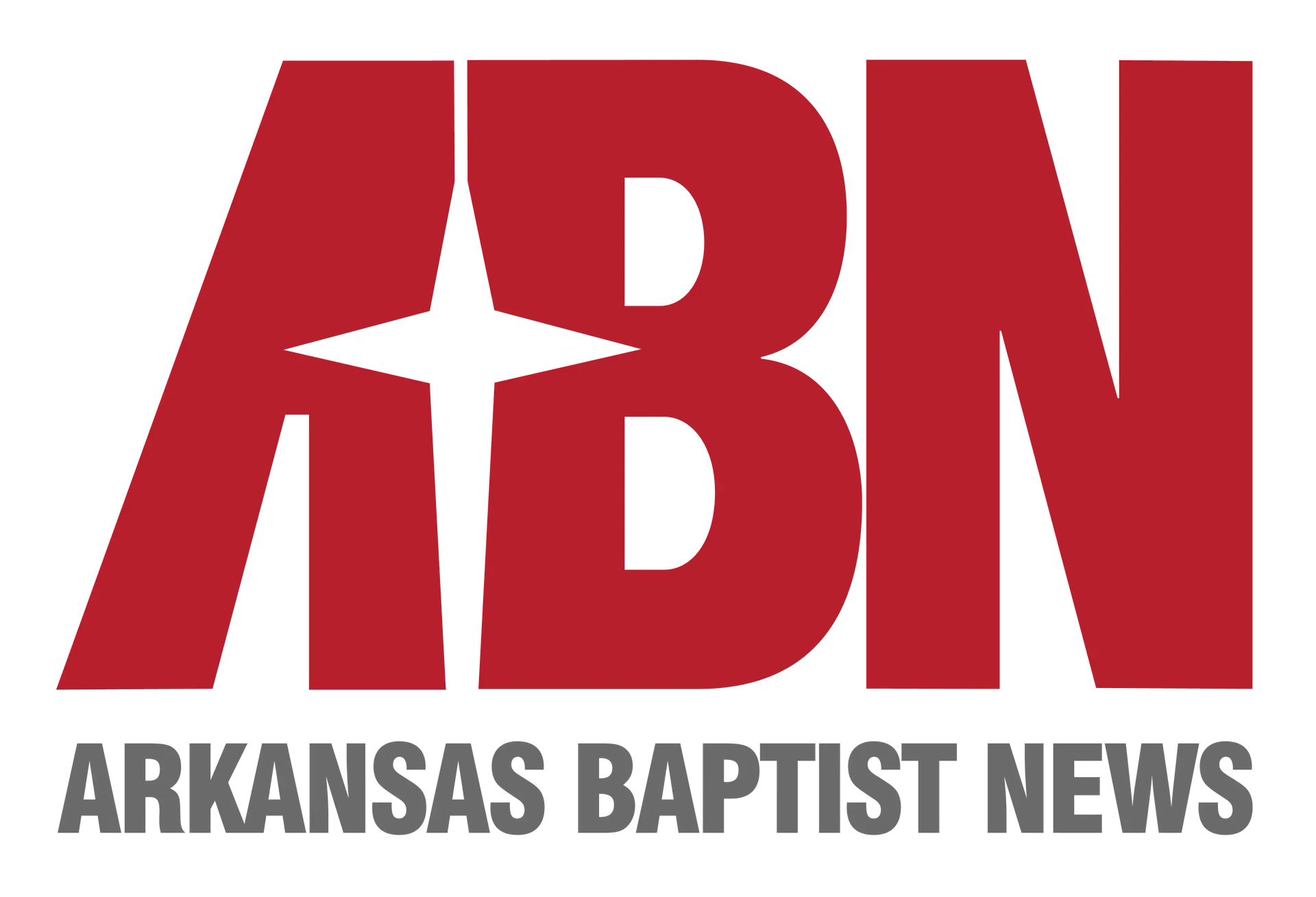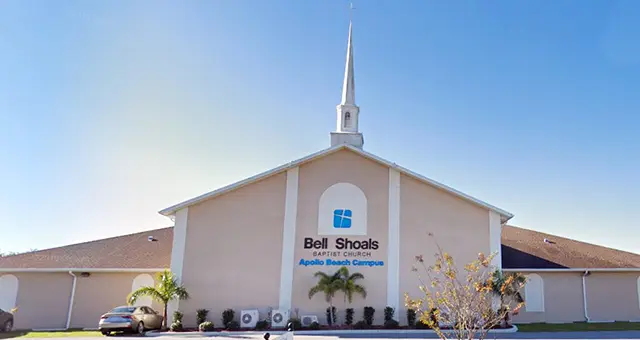
NASHVILLE, Tenn. – The Southern Baptist Convention is built upon relationships between local churches, associations, state conventions and national entities. A new change to church tracking could help strengthen those relationships and provide more information to better reach communities with the gospel.
A growing trend in the SBC is the multisite church – a single church that meets in multiple locations. Until now the SBC has not addressed this trend in the way the convention tracks congregations.
“We know of at least 500 multisite campuses of [Southern Baptist] churches based on what’s been reported in the Annual Church Profile survey,” said Scott McConnell, executive director of LifeWay Research. “However, we know more exist but haven’t been counted.”
As of now, a multisite campus could meet in one area of a local community and other churches or the local association might have no idea, McConnell said. He hopes that will change soon.
Beginning immediately, campuses of multisite churches will be given a unique SBC ID number. Currently, more than 51,000 congregations have an SBC ID number.
This shift will enable local associations to directly contact campus pastors in their area to better engage them. It can also encourage those local campuses to connect with other churches and pastors around them.
Randy Davis, executive director of the Tennessee Baptist Mission Board, believes the change will benefit state and local leaders in a number of ways.
“Making sure the campuses in a multisite situation are counted is a good mechanism for tracking both progress and needs,” he said.
For Davis, the growth of healthy campuses of multisite churches is similar to previous times when churches may have “‘mission sites’ or ‘preaching points.’ It all is accomplishing gospel advancement,” he said.
Each campus having its own unique identification number will also help convention leaders and entities to see geographically where Southern Baptists are gathering, worshiping and serving.
It will particularly benefit the North American Mission Board in church planting strategy, according to Kevin Ezell, president of NAMB, who expressed gratitude toward LifeWay and state convention partners for making the tracking change possible.
“Currently, we can’t tell where church campuses are located unless we contact each church in the area and ask,” Ezell said. “This addition will be a great enhancement to us as we track the presence of gospel congregations throughout North America.”
Each campus having a unique ID will also enable SBC entities to better evaluate the long-term health and impact of those campuses.
“Assigning an ID number to each campus of a multisite church would allow us to track the life cycles of those campuses,” McConnell said.
A church with multiple campuses can contact their state convention and request an SBC ID number for each campus. The state convention will create a new campus organization in SBCWorkspace (the database of Southern Baptist congregations) and LifeWay will assign the SBC ID to that record.
While this change will grant the SBC more information, McConnell noted, it will not require changing the definition of a church or church-type mission in the Annual Church Profile.
McConnell said churches will still complete one ACP survey regardless of how many campuses they have. The ACP is a statistical survey of SBC congregations compiled each year by LifeWay in cooperation with Baptist state conventions.
It also will not impact the number of messengers each church can send to the SBC annual meeting. Those allotments will still be determined by the size of the church as a whole. Individual campuses will not be able to send messengers separately, said Ronnie Floyd, president and CEO of the SBC Executive Committee.
“Our missional vision is to advance the gospel of Jesus Christ to every person in the United States and around the world,” Floyd said.
“Tracking multisite campuses will help us have a better grasp of where Southern Baptists are already shining as lights of the gospel so we can plan expansion and growth in each community more strategically,” he said. “It will not in any way change messenger representation at our annual meetings.”
In the new tracking method, campuses are defined as “an additional site or location where a congregation meets for worship, discipleship, fellowship, evangelism and ministry. This is not an additional worship service or venue at the original location, but an ongoing expression of the congregation in a different community or another part of the local community. A campus is not autonomous but exists under the authority of the entire multisite congregation.”
Many may see the change in data collection as insignificant, but it can have far reaching implications, McConnell said.
“At the end of the day, yes, it is just a number,” he said. “But it does give us a better view of where Southern Baptists are meeting and hopefully will strengthen the ties between churches within our convention.”
Written by Baptist Press, the official news service of the Southern Baptist Convention.

